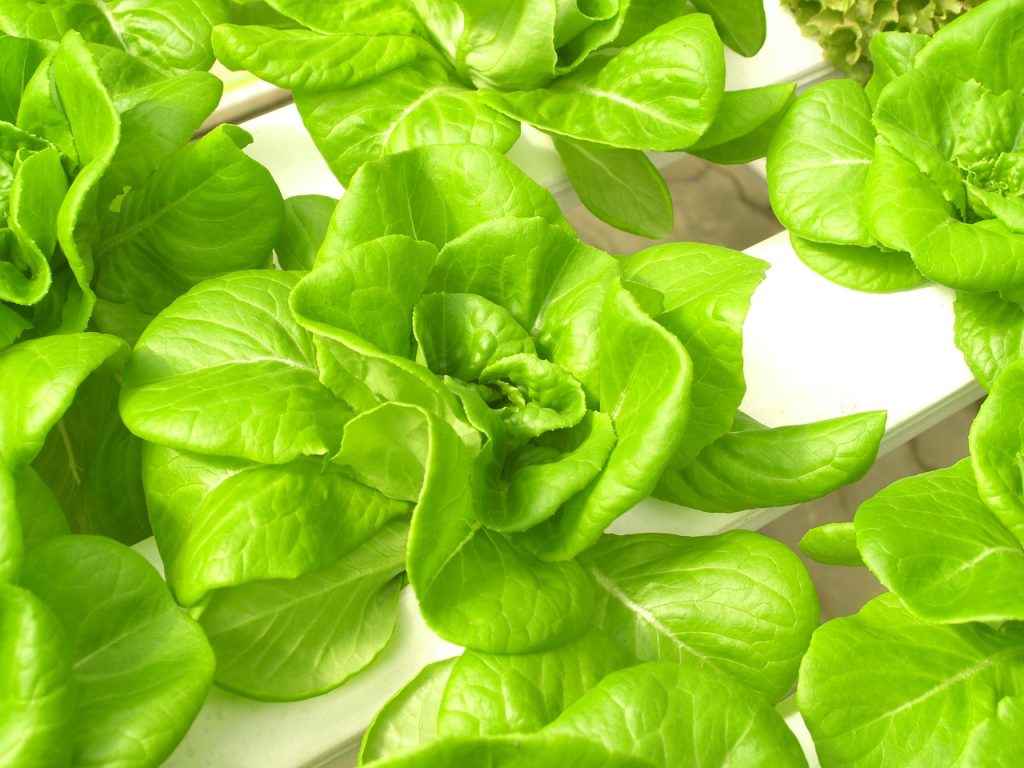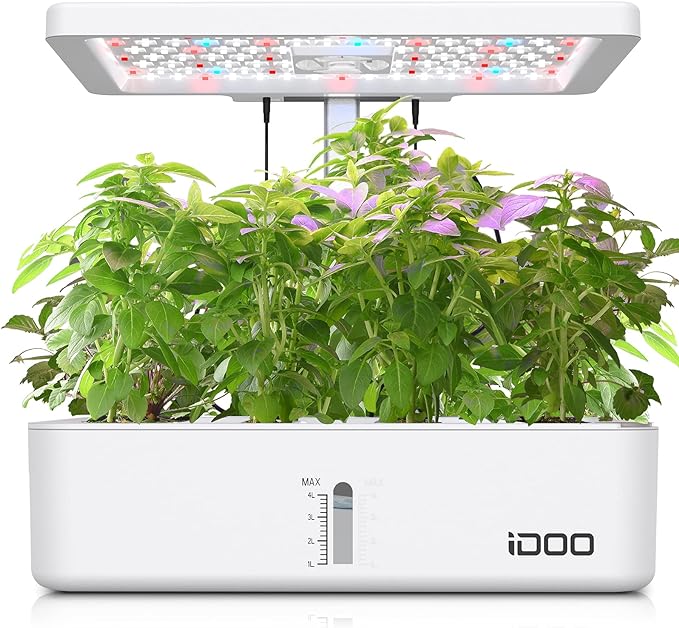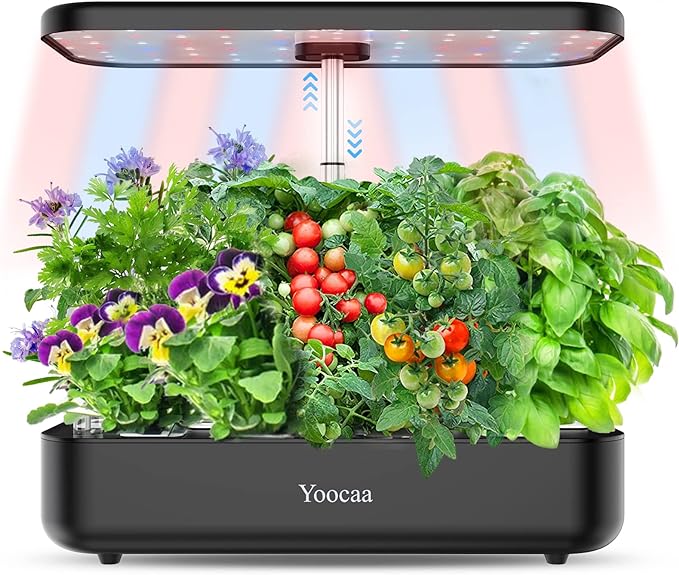Get ready to dive into the exciting world of hydroponics, where innovation meets inspiration in the pursuit of greener, more sustainable gardening practices! Picture a garden without soil, where plants thrive in nutrient-rich water solutions, basking in the glow of artificial sunlight. This is the essence of hydroponics—a soil-less cultivation method that has captured the imagination of urban gardeners, aspiring growers, and sustainability enthusiasts alike.

But what exactly is hydroponics? In its simplest form, hydroponics involves growing plants without soil. Instead of the traditional soil-based growing substrate, hydroponic growing units nourish the plant roots directly with a balanced blend of water and nutrients. This method delivers essential minerals to plants in a controlled, efficient manner. From simple DIY setups to sophisticated commercial operations, hydroponics offers a diverse array of options for cultivating everything from vibrant herbs to crisp salad greens.
The main benefit of hydroponics lies in its efficiency—the ability to grow more with less. By eliminating the need for soil, hydroponic systems optimize resource utilization, conserving water, space, and energy in the process. Imagine producing bountiful harvests of fresh, home-grown produce year-round, regardless of outdoor weather conditions or limited gardening space. With hydroponics, this vision becomes a reality, inspiring growers to explore new possibilities and cultivate thriving indoor gardens bursting with life and flavour.

The main benefits of Hydroponics:
- Space Efficiency: Our modern lifestyles often mean we don’t have as much space around the home as we might wish: in cramped urban spaces or compact apartments, traditional gardening may be impractical and space for houseplants may be at a premium. Hydroponic setups, however, require minimal space, making them ideal for balconies, kitchen countertops, or even inside closets if there is adequate ventilation. With vertical hydroponic systems, growers can maximize their growing area and cultivate an abundance of herbs and salad greens in a small footprint.
- Year-Round Harvests: Traditional outdoor gardening is subject to seasonal limitations, where plant growth is limited by cold winters or hot, dry summers. Hydroponics transcends these constraints, enabling growers to maintain optimal growing conditions year-round. With controlled environments and adjustable lighting, indoor hydroponic gardens can flourish regardless of external weather conditions, ensuring a steady supply of fresh herbs and salad greens throughout the year. Imagine harvesting fresh salad crops all year from your kitchen without expensive visits to the supermarket!
- Water Efficiency: Hydroponic systems utilize water more efficiently compared to traditional soil-based gardening. By recirculating nutrient solutions and minimizing water wastage, hydroponics can reduce water consumption by up to 90% compared to conventional methods. This not only conserves precious resources but also makes hydroponics an eco-friendly choice for sustainable indoor gardening.
- Rapid Growth and Higher Yields: The direct delivery of nutrients to plant roots in hydroponic systems promotes faster growth rates and increased yields compared to soil cultivation. Without the need to expend energy on root expansion in search of nutrients, plants can allocate more resources to above-ground growth, resulting in lush foliage and bountiful harvests of flavorful herbs and crisp salad greens.
- Nutrient Control and Customization: Hydroponic growers have precise control over the nutrient composition of their growing solutions, allowing them to tailor formulations to the specific needs of their crops. By optimizing nutrient levels and pH levels, growers can promote healthy plant growth and enhance flavor profiles, ensuring the highest quality herbs and salad greens for culinary endeavors.
- Pest and Disease Management: Soil-based gardening is susceptible to a myriad of pests and diseases that can decimate crops. Hydroponic systems, however, provide a sterile growing environment that mitigates the risk of soil-borne pathogens and pests. With proper hygiene practices and monitoring, hydroponic growers can enjoy healthier, pest-free crops without the need for harmful pesticides or herbicides.
- Variety and Diversity: Hydroponics opens up a world of possibilities for experimenting with a diverse range of herb and salad crop varieties. From classic basil and mint to exotic microgreens and baby lettuces, hydroponic gardens offer endless opportunities for culinary exploration. With the ability to grow multiple crops simultaneously in the same system, growers can create vibrant, multi-layered gardens bursting with color and flavor.

Embracing Hydroponics for Indoor Herb and Salad Gardening
In conclusion, hydroponics represents a transformative approach to indoor herb and salad cultivation, offering unparalleled efficiency, sustainability, and versatility. Whether you’re a seasoned gardener or a novice enthusiast, embracing hydroponics opens doors to a greener, more flavourful world of home-grown produce. By harnessing the power of nutrient-rich water solutions and controlled environments, hydroponic growers can cultivate thriving indoor gardens teeming with fresh herbs and salad greens, enriching their culinary experiences and nurturing a deeper connection with nature.
Ready to embark on your hydroponic journey? Explore the selection of hydroponic systems and start growing your own indoor oasis of herbs and salad greens today!
Disclaimer: this page features affiliate links.